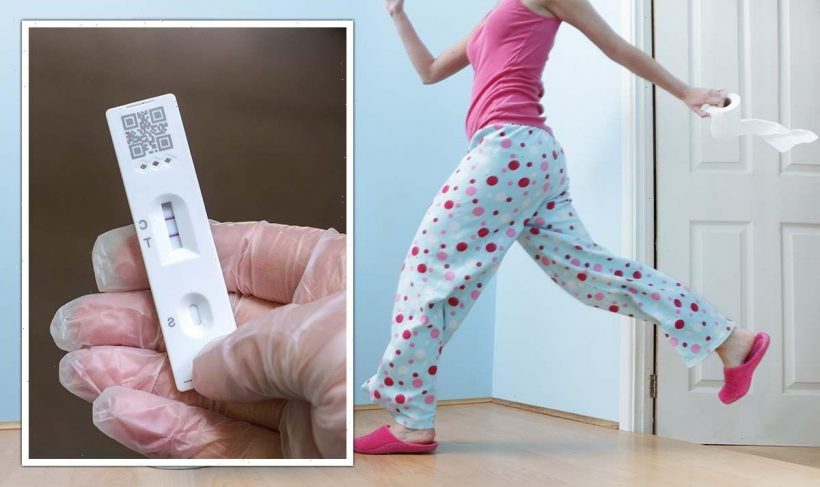Portugal: Omicron subvariant drives spike in Covid-19 cases
We use your sign-up to provide content in ways you’ve consented to and to improve our understanding of you. This may include adverts from us and 3rd parties based on our understanding. You can unsubscribe at any time. More info
However, just as the virus changes, so does the technology and know-how around it.
This includes how the virus is detected.
Scientists now say it may be possible to identify COVID-19 in someone’s poo.
Researchers from Los Angeles have developed a way to detect COVID-19 in wastewater.

Working in collaboration with San Diego Epidemiology and Research for Covid Health (SEARCH), they have formulated a way to detect COVID-19 in just two teaspoons of raw sewage.
Speaking about the research Professor Kristian Andersen said: “In a lot of places, standard clinical surveillance for new variants of concern is not only slow but extremely cost-prohibitive.
“But with this new too, you can take one wastewater sample and basically profile the whole city.”
As a result, it may be possible to identify the prevalence of COVID-19 in specific areas of one city.
Although this is a promising potential outcome, it isn’t without some challenges.
Study co-author Joshua Levy said: “It’s challenging to take all these tiny pieces of virus floating around in wastewater and figure out which ones are from different variants and what their relative abundance is.”
Nevertheless, wastewater is a valuable source of information for virologists.
It was in wastewater that the polio virus was detected in London earlier this month for the first time since 1984.

Polio forms part of just several viral threats to hit the UK in recent years alongside monkeypox, COVID-19, Lassa fever, and bird flu.
Of these, Covid is considered to be the most significant threat, particularly in light of a fifth wave of cases affecting the UK and Europe.
According to a recent report from the ONS (Office for National Statistics), one in 25 people in England could have the virus.

Symptoms of COVID-19 to spot include:
• A high temperature
• A new, continuous cough
• A loss or change to sense of smell or taste
• Shortness of breath
• Feeling tired or exhausted
• An aching body
• A headache
• A sore throat
• A blocked or runny nose
• Loss of appetite
• Diarrhoea
• Feeling or being sick.
Source: Read Full Article






